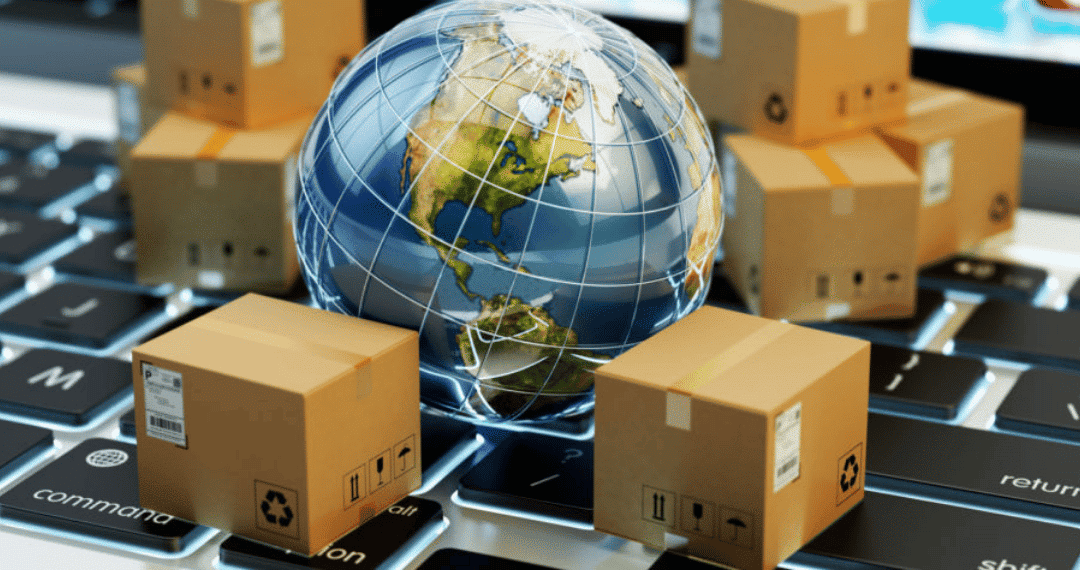Ultimate eCommerce Localization Guide
This guide is designed to help you transform your online store for
cross-border eCommerce.
Ecommerce has seen significant growth during the pandemic. In fact, it is one of the few sectors that benefited from the long lockdowns. Most countries around the world have seen a massive increase in online sales:
- Latin America’s eCommerce sales reached $85 billion in 2021, which is 25% more than in 2020.
- Russia, the UK, and the Philippines saw more than 20% eCommerce sales growth in 2021.
- The Indian eCommerce market is expected to grow to over $111 billion by 2025 – to compare, in 2020 the country’s eCommerce market was estimated at $46.2 billion.
Experts anticipate eCommerce sales to reach $7.385 trillion by 2025, making up almost a quarter of all retail sales.
And while eCommerce is experiencing rapid growth, the competition within the sector is also getting fiercer. This means that if you are just stepping onto the global scene, you have to really make sure your brand stands out from the rest.
What is eCommerce Localization?
In today’s world, every company that goes global has to invest considerable efforts into building brand awareness and trust in their international customers. eCommerce localization is needed to succeed in the global marketplace.
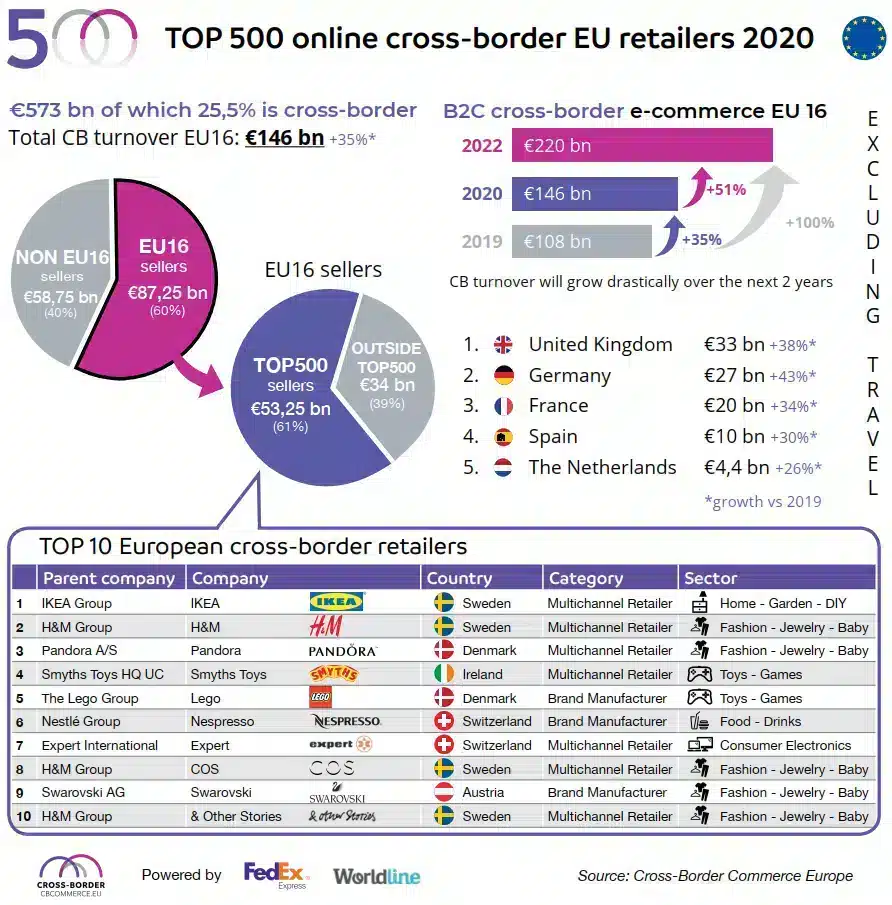
E-commerce localization is the process whereby all the content on an online business’ website or app, such as product information, graphics, videos, blogs, and social media posts is adapted so that it can strongly resonate with customers in each target market.
Localization is much more complex than simple translation. Localization is a transformation of the content to represent local events and beliefs and to adhere to local regulations and standards (e.g., data format or currencies). This transformation can include anything from product descriptions to the products themselves.
The end goal is to transform the content in such a way that it appears as if it was created for the specific target market.
Indeed, your eCommerce localization is the best tool you can use to establish your business in the competitive eCommerce market.
In the following blog, you will learn everything you need to know about eCommerce localization, its costs, and how to find the perfect language service provider (LSP) for your project.
But first: Are you ready to go global?
Maybe you want to go global, but you are not sure if it is the right time to make this move. If you feel uncertain, it is best to consider the following questions. They will help you make the best decision for your business!
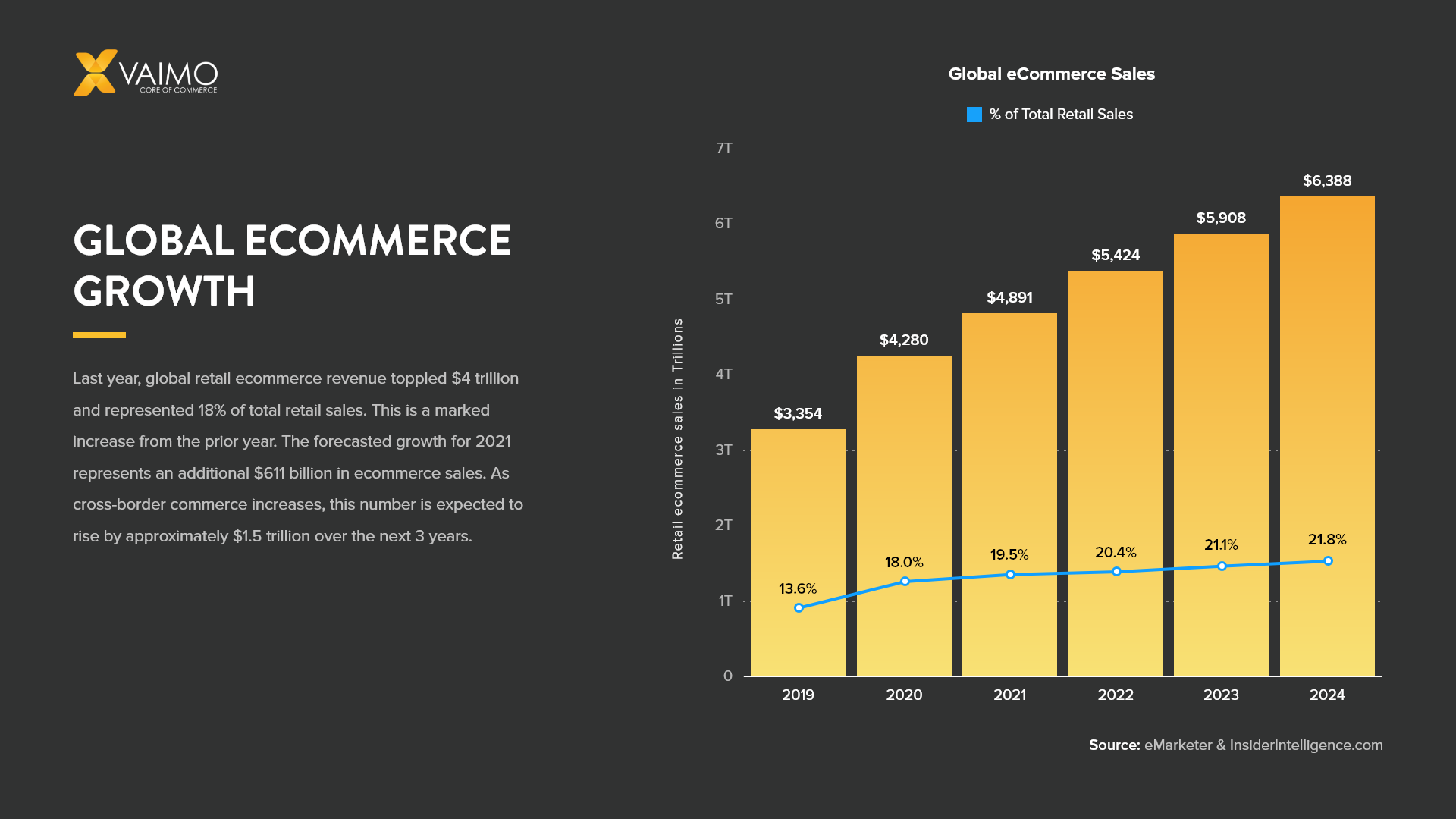
Is your business financially and operationally stable?
Going global is a big step and requires a lot of resources. Having acquired the needed financial capital for this investment is a sign you are ready for this change. What’s more, if your company’s structure is effective, then you shouldn’t waste any time – start preparing for the big move!
Do you have international customers?
Having an international customer base is a good sign that it’s time to expand. Indeed, it shows that your business is gradually progressing. To facilitate this progress, you have to invest in establishing yourself in new markets.
Which markets are most suitable for your business?
Do not try to reach many markets all at once. Instead, look for markets that are closer to your current location, whose customers have similar habits, cultural systems, and budgets to your current customer base.
For instance, if you have launched your business in Germany and want to expand, it might be best to stick to European countries such as Austria, Switzerland, and Belgium, where German is spoken, and the overall shopping habits and budgets of the customers are similar.
When deciding on a target market, you should also keep in mind aspects such as the market size, competition, business climate, and distribution options.
Is your brand ready to enter new markets?
This is a question many companies overlook and thus, when going global, fail. Sometimes you have to change your logo, slogan, and overall brand image to ensure that your products will be attractive to your international customers. Additionally, localizing customer service may also be necessary.
According to a survey on customer service, 90% of customers will splurge with companies that personalize customer service.
Adapting your brand and all its aspects to a new market is where eCommerce localization comes in handy!
Why is translation & localization important in eCommerce?
Localization and translation are crucial when it comes to eCommerce and expanding to new markets. These two services ensure that your product is adapted to your international customer’s expectations and thus, will not disappoint!
Have a look at the following statistics:
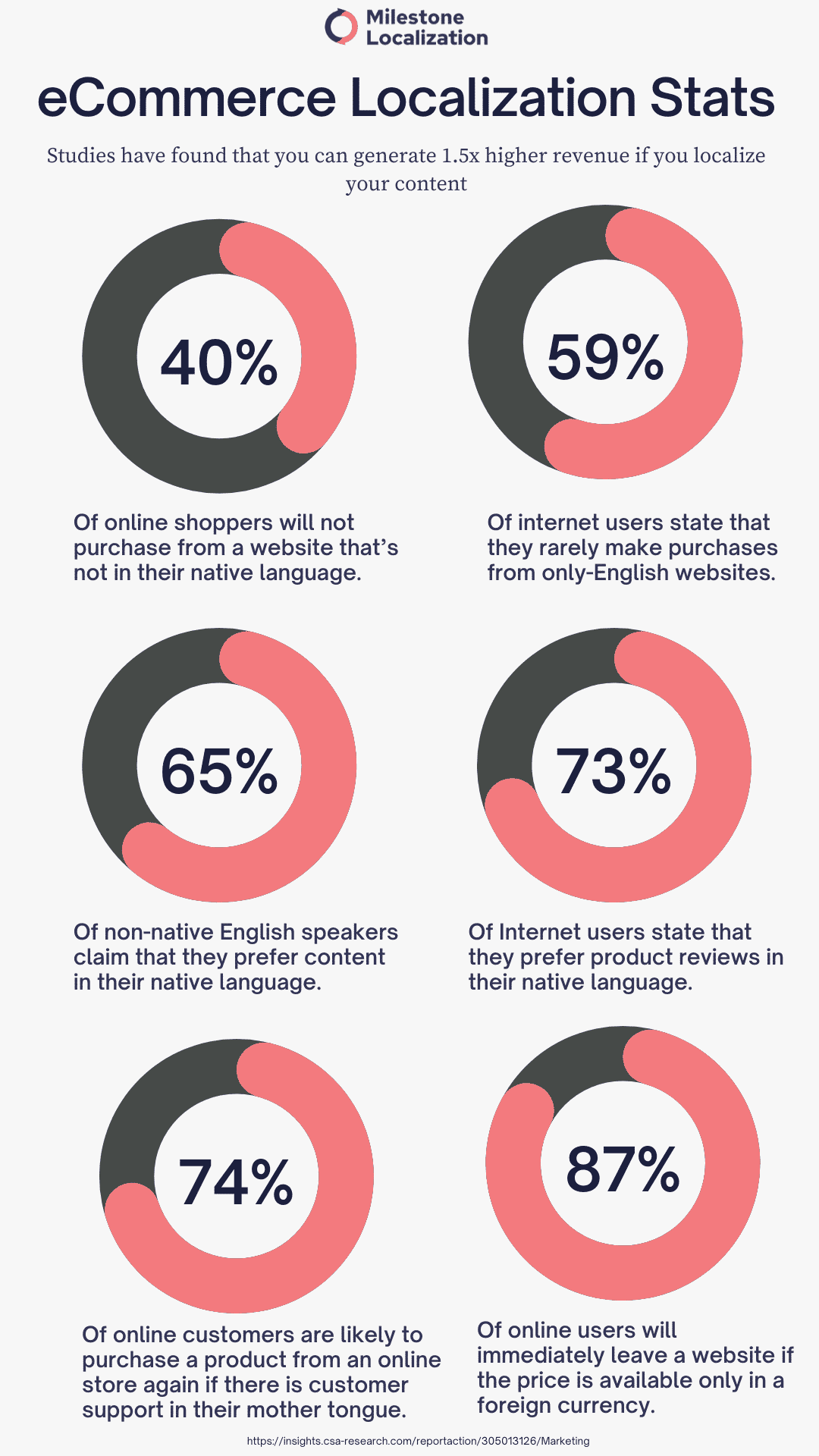
All these figures are indeed proof that eCommerce is a must when you want to go global. Studies have found that you can generate 1.5x higher revenue if you localize your content.
Steps in eCommerce Localization
Localization is a complex process whereby all visual and technical elements are adapted to the new market. Localization deals with anything from the code of your website to the color scheme of your product. Eventually, localization’s goal is similar to that of translation – to grant customers an authentic experience created especially for them.
Here are the main steps of eCommerce localization:
- Familiarization and analysis of the content that needs to be localized
- Source material collection and code assessment
- Translation and development of localized assets
- Design or interface localization
- Assembly
- Testing
- Delivering the project to the client
Generally, eCommerce localization includes the following aspects:
- Modifying design, videos, images, and other graphic elements to create unique designs easily and fit the taste of your target audience
- Adapting the brand’s message to the target audience’s cultural and social norms
- Adapting blog posts and social media posts to include local events (e.g., if your target market is hosting a big event such as the World Cup, you have to make sure that it is included in your blog and social media posts)
- Modifying the UI of your website or app (e.g., menu options, navigation tools, error messages, button text, etc.)
- Optimizing search terms for the local market to improve SEO
- Modifying product description, specifications and reviews (e.g., size 38 in Germany equals 44 in Italy – such details should be localized)
- Converting to local currencies, date formats, units of measurement, modes of payment, and shipping options
- Using local phone numbers, customer support, FAQs, address, and other contact details
- Adjusting to the local legal requirements and regulations
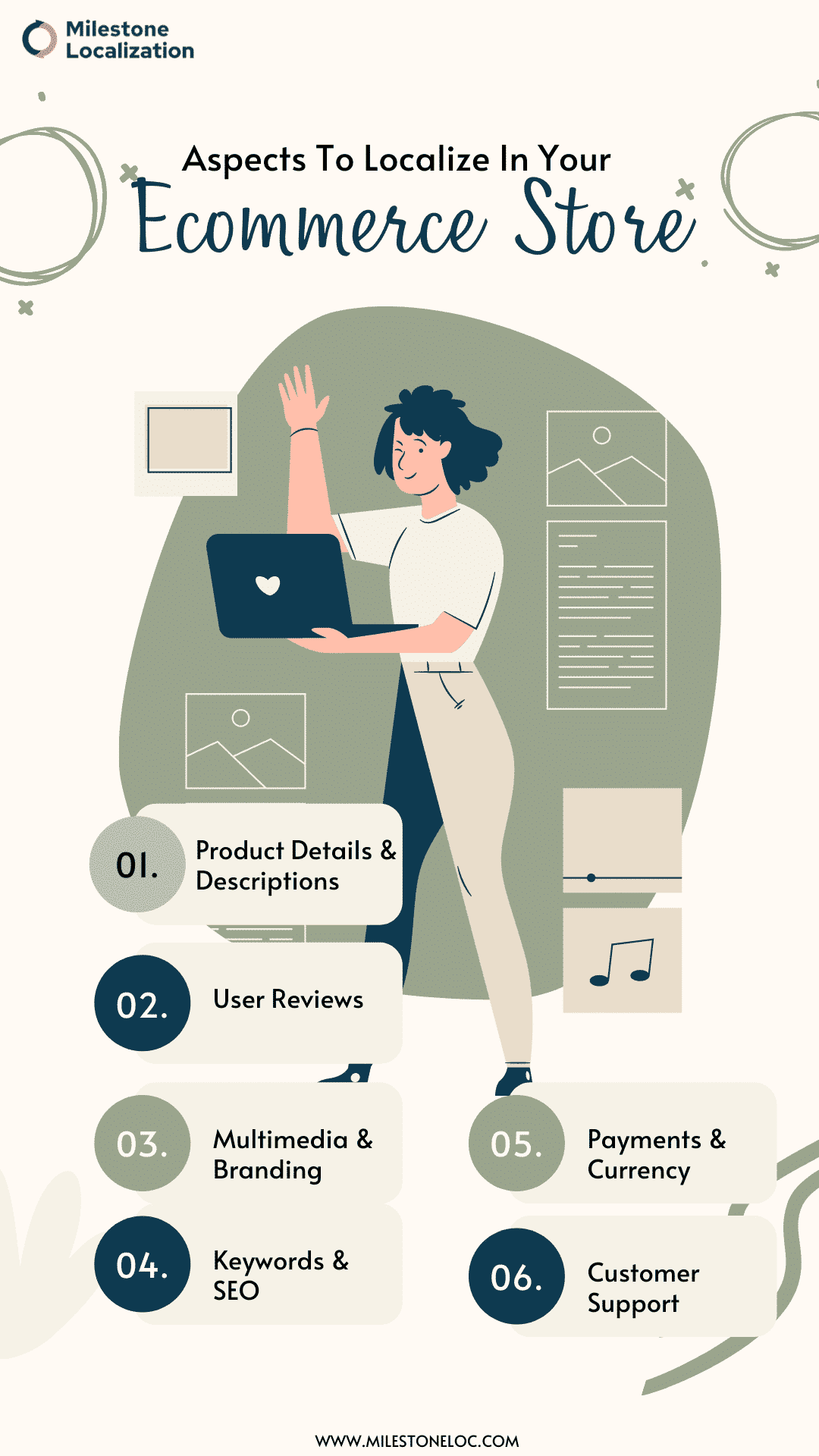
Localization is not a one-size-fits-all service – it varies across each project. Indeed, this is why you have to make sure that you work with professionals who can create the most effective localization strategy for your eCommerce business.
Also Read: German eCommerce Translation & Localization Guide
Examples of companies with successful localization strategies
Amazon
Amazon is the largest eCommerce company in the world. This fact, however, is no surprise since the giant is investing considerable efforts into adapting its content to its target audience. Besides product descriptions and reviews in the local language, Amazon is trying to adapt its sales to local events.
Most online businesses plan their year around certain events which offer big sales and thus, guarantee massive spending sprees and high revenues. Such events are Black Friday, Valentine’s Day, Cyber Monday, Christmas, and Mother’s Day.


A localized website, however, will take into consideration events that are unique to the target locale. For instance, Amazon has a Single’s Day sale, which is a traditional annual event in China. There is also a big sale on Amazon for Diwali in India.
Zalando
The German multinational eCommerce company Zalando currently dominates the European online fashion market and is among the biggest eCommerce companies from 2021.
Zalando operates in 15 European countries and has generated revenue worth over 2 billion euros in 2021.
As a fashion retailer, the company has to make sure that the clothing sizes are adapted to those in the target market. Mentioned below is a size table for all target markets of the company.

Zalando’s success is a result of the company’s efforts in improving its local customer care. In an interview, Delphine Mousseau, VP, Markets at Zalando, shares her experience with expanding to Switzerland:
“Talking about localization, (a) funny example is that, for instance, for Switzerland, which is quite a big country for us, we used to have German speakers from Germany. And at some point, we decided to move to Swiss-German, and the satisfaction of our customers increased by double digits. So it’s interesting that even in those small details that this feels local is really important.”
Clearly, even the smallest localization detail can have a massive impact on your business and its success, so keep that in mind!
Also Read: Top Global Brands With Exceptional Localization Strategies
Ultimate eCommerce Localization Guide
This guide is designed to help you transform your online store for
cross-border eCommerce.
Challenges in eCommerce localization
Do your research. Some companies jump right into the localization and fail because they don’t spend enough time researching their possibilities.
Localization is a big investment for any business, so you have to be sure that you have found the right market for your business. This, in turn, will secure a return on the investment and increased revenue.
Thus, before you contact an LSP, do your research. Look for markets that offer the highest potential for your business in terms of market size, customers’ shopping habits, preferences and budget, economic climate, etc.
Communication. Localization and translation teams usually consist of various specialists all over the world. So, effective communication can be a challenge, which, however, you can easily overcome.
Firstly, integrate a content management system (CMS), which would be highly beneficial to other aspects of the workflow as well (keep reading to find out more).
Secondly, make sure you provide your LSP with briefing documents that discuss in detail aspects such as, target market, tone of voice, color schemes, company’s values, branding, etc.
Lastly, feedback and open communication are crucial for an effective workflow. Take the time to review and comment on the localized materials. Give detailed feedback on what you want to be changed so that the team can operate more effectively.
SEO Localization. SEO is crucial for the success of an online business. You have to make sure that your website or app can be easily found and can rank higher than your competitors. This is why you have to make sure that all search terms are localized for the target market. Make sure to discuss your SEO strategy in more detail with your LSP!
Machine Translation. Many companies make the mistake of using machine translation for translating their content.
Though machine translation is free of charge, regardless of the length of your project, it does not produce quality output. This, in turn, can harm your business.
Thus, it is best to invest in translation done by professional linguists. What’s more, you don’t need to translate all the content on your website. Do it step by step, by translating the main pages, and then you can gradually translate the rest of the content.
UX design. Make sure that you can provide a positive experience for every customer in every language anywhere in the world. Sometimes, some simple features on your website or app can make a considerable difference for the customer. For instance, you can use a language toggle on your website to allow your customers to choose the desired language on their own.
Design and text expansion. Sometimes, when graphic designers create a company’s website, they do so with the current language in mind. So, when the company decides to translate its content into new languages, certain technical issues might occur.
Text expansion occurs when the target text takes up more space than the source text. For example, the phrase ‘buy now’ translates as ‘acheter maintenance in French. You can see how much longer the French phrase is, and this can ruin your website’s design.
In such cases, the solution would be to look for a localization provider who can offer you services such as website and design localization as well as customer experience (CX) localization to ensure that all text will fit into their designated space and the overall design will remain intact.
Maintaining multiple versions of content. When you work on a localization project, you will have to deal with several different files – you will be required to share, export/ import, view, update and even convert a lot of files. This is not only tedious and time-consuming but can also cause a lot of mistakes.
To ensure that you won’t have to deal with such a challenge, it is best to choose a single service provider so that you don’t have to deal with a different LSP for each project.
What’s more, a translation management system is a great way to manage all your content. You can approve or reject any content that the LSP sends you through the system. You can even track the progress of all translation projects. Yes, you can do all this in just one place!
Updating your content periodically. You have to periodically update and translate your content whenever your product’s features or price change. This task can be quite complicated if you don’t have the right tools.
Milestone Localization has 14+ ready-to-use connectors with all major CMS. This makes it easy to translate new pages and products on the fly. Content is automatically pushed to our platform and sent back to your website.
Errors. A single translation error can throw months of hard work out of the window. Indeed, errors are inevitable and instead of panicking whenever they occur, make sure you always have some buffer time before you launch your business abroad. In this way, even if some mistakes occur, you will have enough time to correct them.
What’s more, make sure that there is enough time for reviewing and testing before the launch. Especially when it comes to translation, it is always advisable to have your content proofread by a linguist, who hasn’t worked on your project before. A fresh pair of eyes is more likely to notice the smallest of mistakes!
Also Read: Best practices for building a multilingual website
How much do translation & localization cost?
The cost of localization and translation can vary depending on the language pairs, the type of content, length of content, file formats, graphics, and other elements that need to be localized and translated.
As a rule of thumb, the more content there is to localize and translate, the higher the cost.
Still, you have to regard localization and translation as an investment in your business. Without quality output, you will fail to attract new international customers. Through well-localized content, on the other hand, you can increase your revenue by raising your overall sales.
When it comes to translation, you can compute the end cost by multiplying the total number of words in all files that you want to be translated by the price that the LSP charges per word for the target language you want.
Localization costs, on the other hand, can vary dramatically across different projects. Thus, it is best to discuss your project with your LSP first so that you will have a clearer idea of the expected costs.
Overall, translation and localization costs should be viewed as an investment that will be paid back as you reach new customers and increase your revenue.
Also Read: Russian eCommerce Translation & Localization Guide
How to choose the right localization partner?
If you are new to translation and localization, it can be tough to make the right choice regarding translation agencies. The following questions, however, can be a life-saver, so have a look at them:
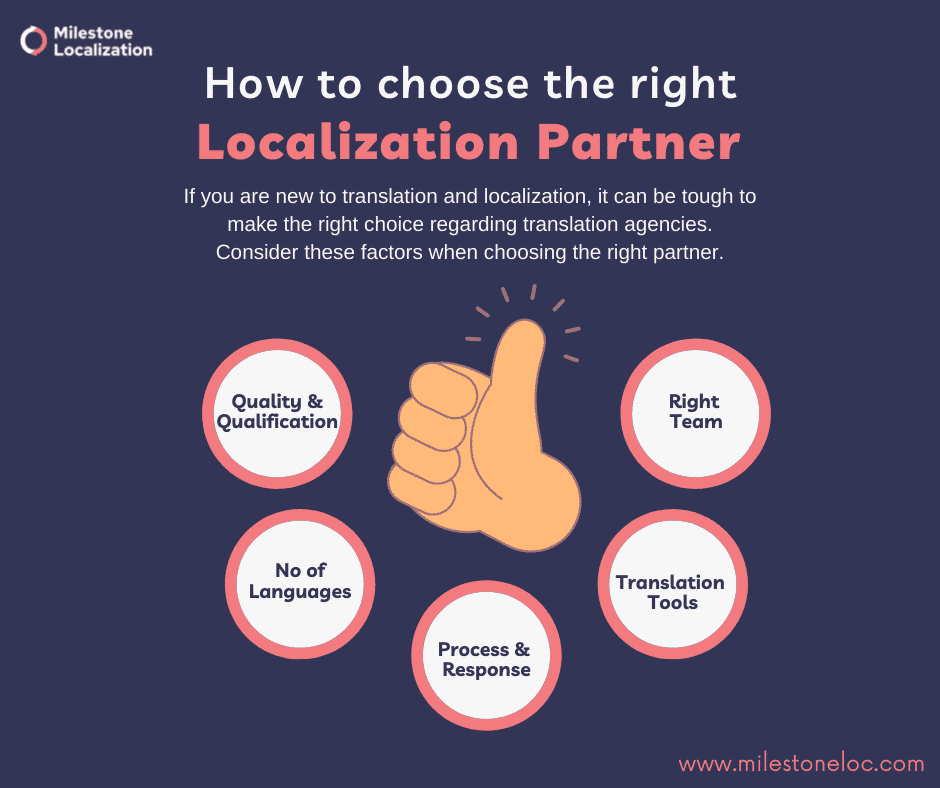
Also read: How to Localize Your App and Reach New Users
What language pair(s) are you looking for? Based on your global goals, you need an LSP that can support your current and future expansion plans. Make sure to pick a company with native linguists for all the regions you want to expand to.
What kind of content do you want to be localized? Look for agencies that offer services by translators that are accredited and qualified to translate a specific type of content. Especially when it comes to eCommerce, make sure that you work with translators with enough experience in translating marketing and product description materials.
What type of software does the LSP use? Translation and localization are complex processes that involve a lot of tedious and repetitive tasks. To save yourself a lot of trouble and even money, look for an LSP that can connect with your CMS and provide continuous localization.
In conclusion
A good eCommerce localization strategy is the best way to gain a competitive edge in the global market. Adapting your brand, message, and content to the local culture of your customers is essential for your brand’s success when going global.
To ensure that the whole process runs smoothly, you must do your research before choosing an LSP. They will be a valuable partner who will guide you along the way, so choose carefully!
Milestone Localization is the leading eCommerce Translation and Localization Agency In India & UK. Get in touch.

